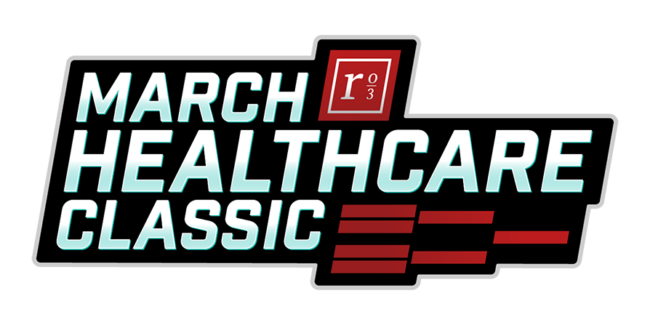Commentary
PAYMENT ROUND OF 32 RESULTS: THROWING EVERYTHING AT THE WALL ON COST-CONTROL
Medicare Advantage gets a wake-up call from an employee benefits upstart, and all other first round games are upsets as the healthcare industry struggles to determine the best strategy for controlling costs. On a landscape of many strategies and innovations, no one approach stands out – but the industry is trying hard.
Explore the interactive bracket and watch the tournament unfold weekly on our LinkedIn page, where you can join the discussion too!
Here’s what went down in this region’s first four contests:
Medicare Advantage Doubles Down Struggles to Defeat A New Era of Benefits Administration
In a game that proved what a huge deal healthcare costs for employers have become, A New Era of Benefits Administration (8) very nearly took down tournament blue blood Medicare Advantage Doubles Down (1) in the first round. A record-high 8% increase in healthcare costs to employers this year, coupled with atom-bomb-like tax changes on benefits floated by the new administration, made Benefits Administration the first real competition MA has seen at this tournament in years. This dog fight went into double overtime and left bodies all over the court, with MA barely eeking out a 3-2 win.
“BENEFITS ADMINISTRATION IS LIKE REARRANGING THE DECK CHAIRS ON THE TITANIC.”
Fall of Provider Sponsored Health Plans Upsets Disease- and Condition-Specific Payments
Despite it being among the first upsets of the March Healthcare Classic, Committee members were underwhelmed by the play between these two teams. The trash-talking about Disease- and Condition-Specific Payments (2) included comments that the trend “doesn’t touch enough patients,” “isn’t mandated,” and “doesn’t have enough impact.” About the Fall of PSHPs (7), Committee members agreed that this trend wasn’t all that surprising, and if health systems had enough money to start a side hustle running an insurance company, maybe they should use it to support their core mission. Many systems are, in fact, getting out of this business, resulting in a measurable industry effect. Fall of PSHPs is able to handily defeat its higher-ranked opponent 4-0.
“YOU NEED SCALE, ACTUARIAL EXPERTISE AND DEEP FINANCIAL RESERVES TO MANAGE YOUR OWN PLAN – NOT THE HALLMARKS OF A HEALTH SYSTEM.”
Control of High Prescription Drug Costs Succumbs to Price Transparency
This highly anticipated matchup brings together two strong trends with a lot of athleticism and stamina. Control of High Prescription Drug Costs (3) is at the core of rising healthcare costs in general, and it’s been in the reform crosshairs for years. Price Transparency (6) is likewise seen as a pathway to drive down all healthcare costs through competition and information. This game went back and forth so much it was hard to keep up with who had the ball. Transparency is more actionable, but insurance companies are going for the jugular on drug costs. There will be no regulatory action on drug costs this year, but we’ve been fooled by the promises of price transparency before. Transparency will create a more level playing field, but drug costs are a significant source of revenue for health systems. After an exhausting melee that went into double overtime, this game finally spit out a winner in another early upset: Price Transparency, 3-2.
“PRICE TRANSPARENCY ISN’T REALLY ABOUT THE CONSUMER YET, BUT IT’S HAVING BIG IMPACT AMONG EMPLOYERS, PROVIDERS AND PAYORS.”
Acceleration of Commercial Risk Dispatched by Direct Contracting with Employers
This matchup between freshman tournament team Acceleration of Commercial Risk (4) and tournament All-Star Direct Contracting with Employers (5) was a game that Committee members declared “sleepy,” with neither team expected to have much impact this year. Direct Contracting is more of a regional favorite but has yet to shine on the national stage, while Committee members questioned the “acceleration” part of the Acceleration of Commercial Risk team name. In a quiet little scuffle that no one will remember, Direct Contracting with Employers drifted past Acceleration of Commercial Risk 4-0.
“NEITHER WILL BE PERVASIVE NATIONALLY IN 2025.”
What trends do you think are the biggest healthcare change-makers?
Join the conversation on LinkedIn and make your predictions by March 20.
